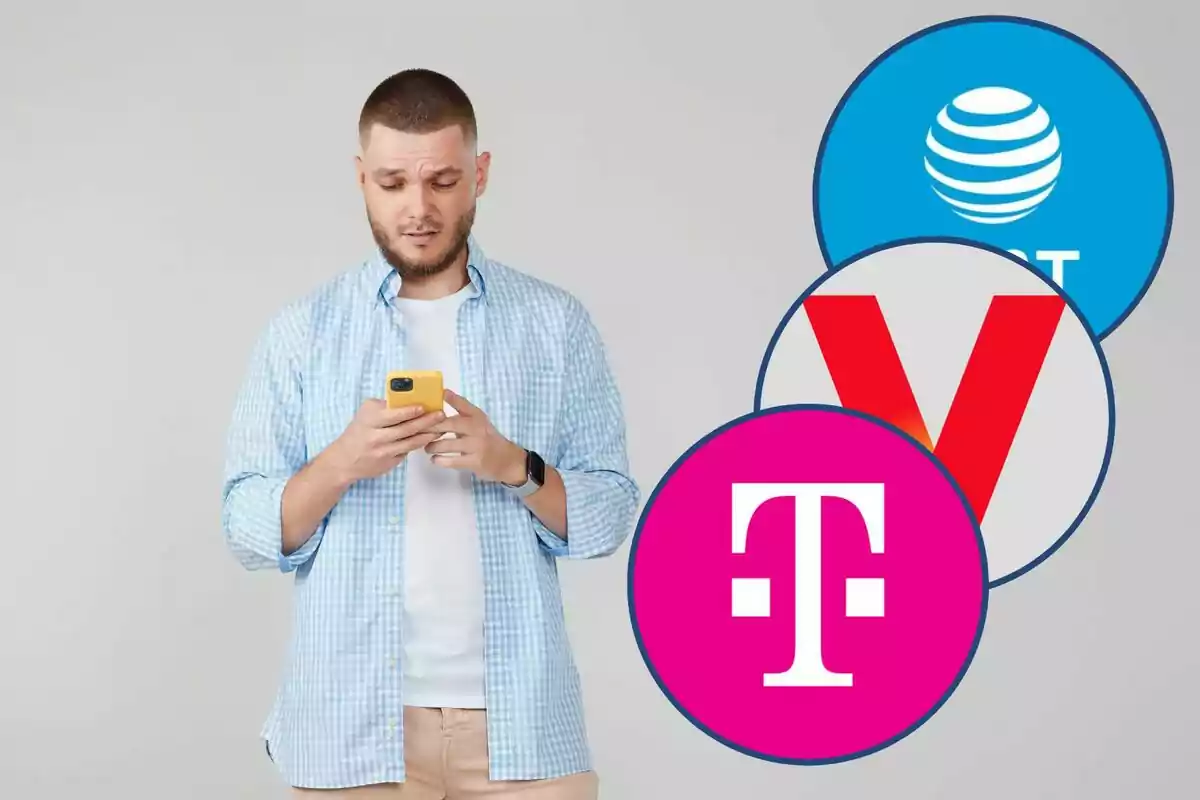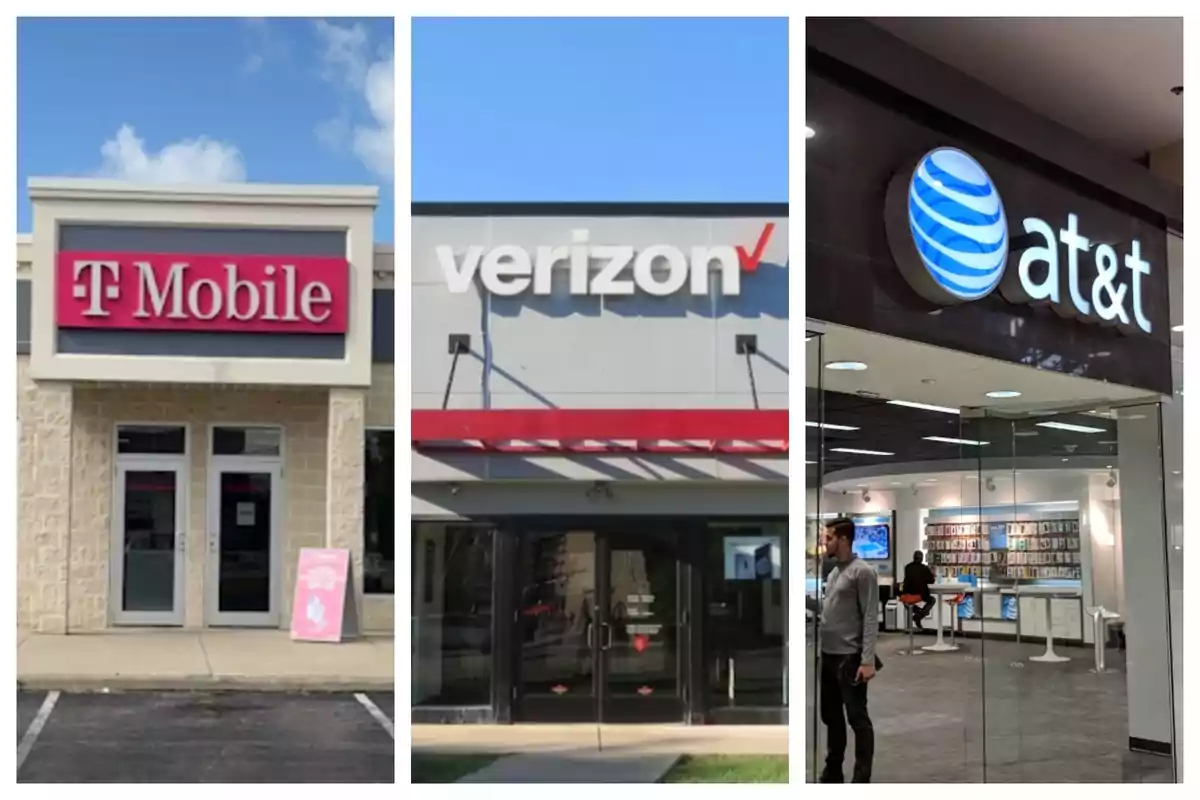
It's official: Verizon, AT&T, and T-Mobile say goodbye to this and all of America applauds.
The three major operators are working on this new connectivity model, which will prove very beneficial for everyone
Can you imagine a world where there are no more dropped calls, messages that never arrive, or areas where your mobile phone is practically just an ornament? Well, that reality is getting closer and closer. Verizon, AT&T, and T-Mobile have taken a giant step that will forever change the way we keep connected. What they're leaving behind is no small detail, and millions of people are already celebrating it.
For years, one of the biggest headaches for users has been the lack of coverage in remote areas. Mountains, deserts, rural areas, and even certain coastal regions have been dead zones for mobile signals. But that's about to end.
The so-called "dead zones" will be a thing of the past thanks to a technology that sounds futuristic, but is already being implemented. It's direct-to-device satellite connectivity, also known as D2D.

Verizon, AT&T, and T-Mobile move in the right direction
The three major carriers are already actively working to integrate this new form of connection into their services. What does this mean? That, in a very short time, you'll be able to connect via satellites directly from your smartphone. No need for terrestrial antennas or conventional networks.
The connection will keep working even in places where today coverage simply doesn't exist. This new technology is being driven by international organizations like GSMA, which represents the global mobile industry. It has recently published a guide with key policies for governments to properly regulate the use of radio spectrum in this new era.
GSMA warns that, while D2D satellite connectivity brings enormous benefits, such as greater safety in emergencies and real global coverage, it needs clear regulations. Especially to avoid interference with current networks, which today connect more than 5.8 billion people.
In addition, this technology not only improves the user experience, but also reduces the coverage gap. It will benefit 4% of the world's population who still live outside the reach of mobile broadband. It also has the potential to improve the connection for those who live within covered areas but aren't connected, due to economic barriers or lack of digital knowledge.

The leap of the major carriers
The best part is that special phones won't be needed. As this technology advances, current smartphones, if they have the right chip, will be able to access these satellite networks. It will first reach the most modern devices, but it's expected that, over time, it will be available for the majority of models on the market.
With this major leap, Verizon, AT&T, and T-Mobile aren't just saying goodbye to coverage problems. They're also opening the door to a new era of truly global, resilient, and reliable connectivity. The future has already begun, and this time, no one will be left out of the signal.
More posts: